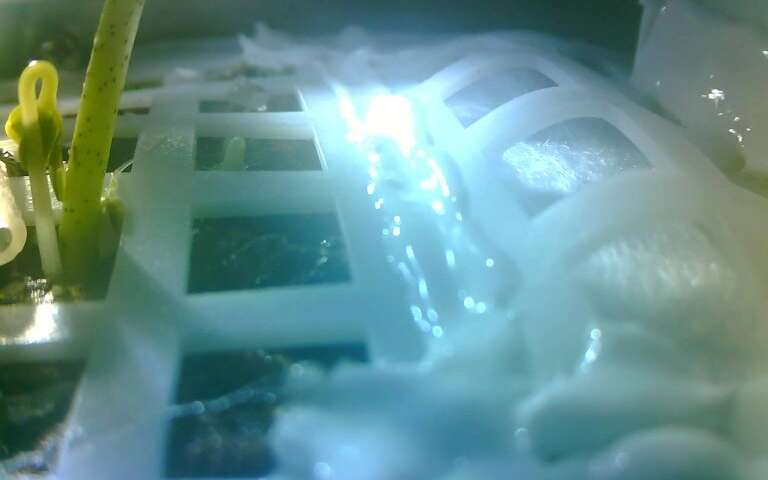If you’re angry about the political feud that drove the federal government to partially shut down, or about a golden parachute for a CEO who ran a business into the ground, you aren’t alone—but you probably won’t do much about it, according to new research by Carnegie Mellon University’s Tepper School of Business.
The research, coauthored by Rosalind Chow, Associate Professor of Organizational Behavior and Theory, and Jeffrey Galak, Associate Professor of Marketing, outlines how people respond to two types of injustices: when bad things happen to good people, and when good things happen to bad people.
In the first instance—a bad thing happening to a good person, such as a hurricane devastating a town—human beings are reliably motivated to help, but only in a nominal way, according to the research.
“Everybody wants to help. They just do it to a small degree,” Galak explains. “When a hurricane happens, we want to help, but we give them 10 bucks. We don’t try to build them a new house.”
This response illustrates that even a small amount can help us feel that justice is restored, Chow explains: “You checked the box of doing something good, and the world seems right again.”
But the converse is not necessarily true: When the universe rewards bad people despite their rotten behavior, people are usually reluctant to do anything about it, even when they’re angry at the unfairness of the situation.
That’s because people often feel that the forces at play in creating the unfair situation are beyond their control, or would at least be too personally costly to make the effort worthwhile, Galak says. So, we stay angry, but often we settle for the hope that karma will eventually catch up.
On the rare occasions when people do decide to take action against a bad person, the research says they go for broke, spending all their resources and energy—not just a token amount—in an effort to deprive that person of everything they shouldn’t have gotten. The desire to completely wipe out a bad person’s ill-gotten gains is driven by a sense that justice will not be served until the bad person will be effectively deterred from future bad behavior, which is unlikely to be the case if the punishment is a slap on the wrist. For example, for individuals who believe that President Trump was unjustly rewarded the presidency, indictment may be seen as insufficient to deter future bad behavior on his part. Only by completely removing his fortune—impeachment from the presidency, dissolution of his businesses—does justice seem to be adequately served. But given that those outcomes are unlikely, many Americans stew in anger and hope for the best.
So when ordinary people see bad things happening to good people, pitching in a few dollars feels good enough. Pitching in a few dollars to punish a bad person who has been unjustly rewarded, however, doesn’t cut it; only when people feel that their actions are guaranteed to send an effective signal to the bad person will they feel compelled to act. Since that sort of guarantee is hard to come by, most people will just stand by and wait for karma to catch up.
Read more at: https://phys.org/news/2019-01-karma-outrage-doesnt-result-revolution.html#jCp

